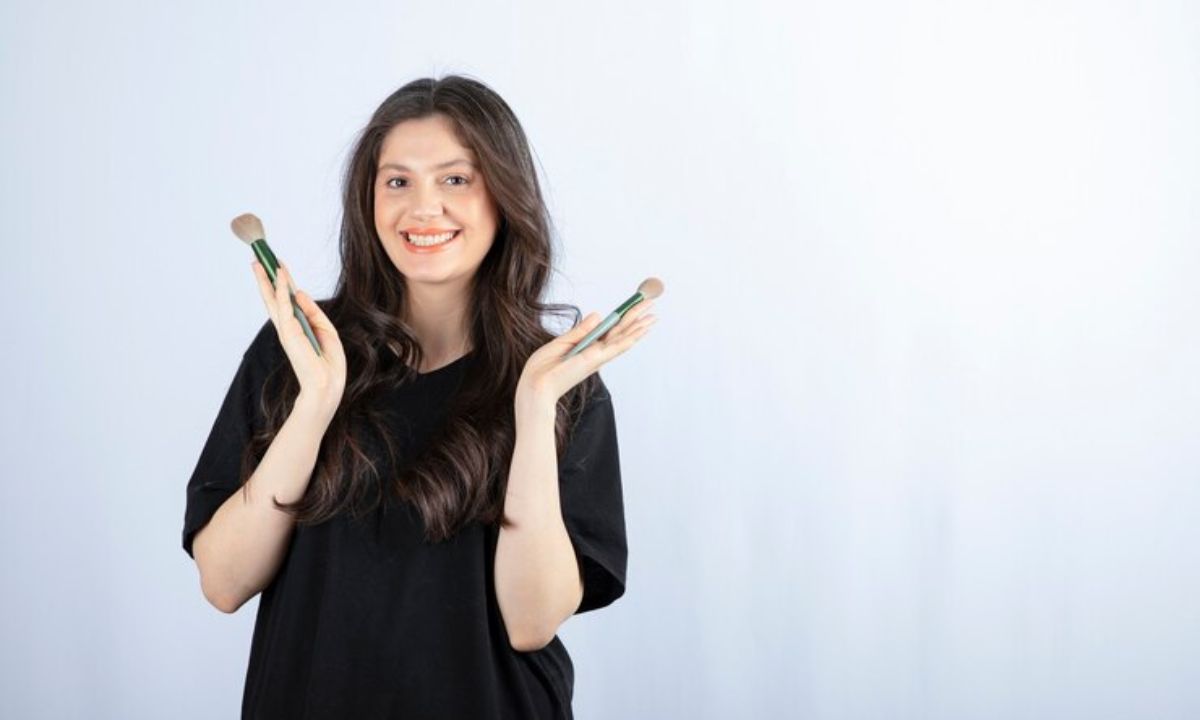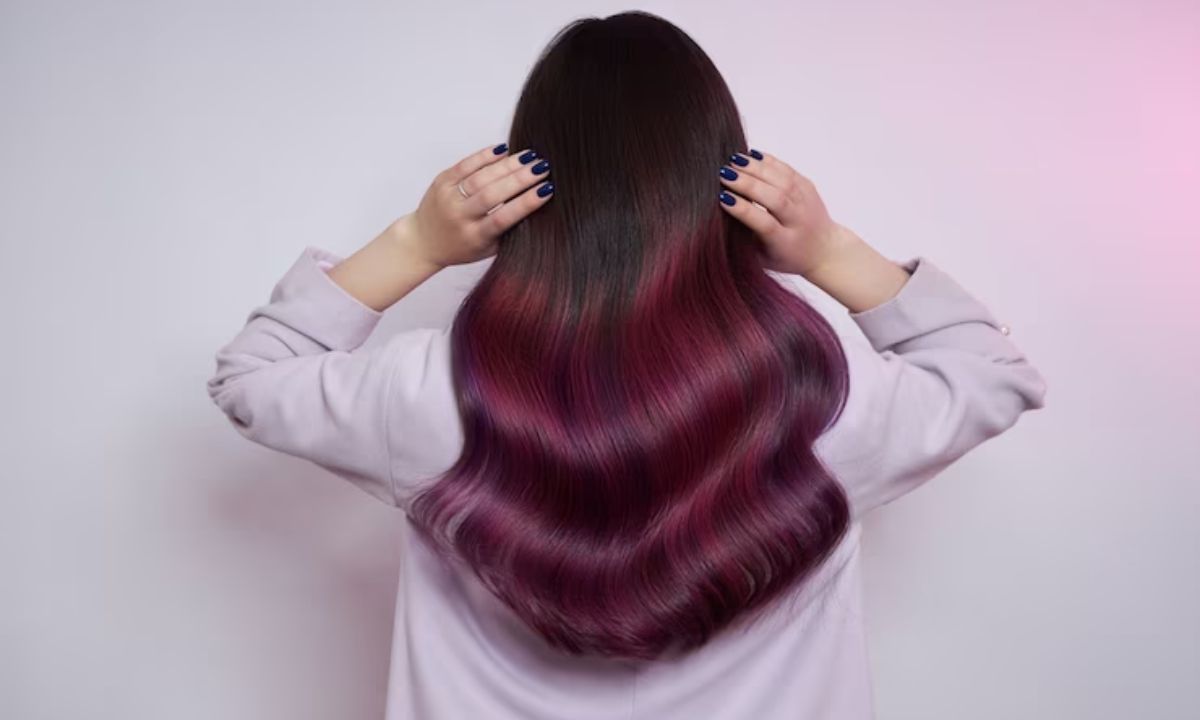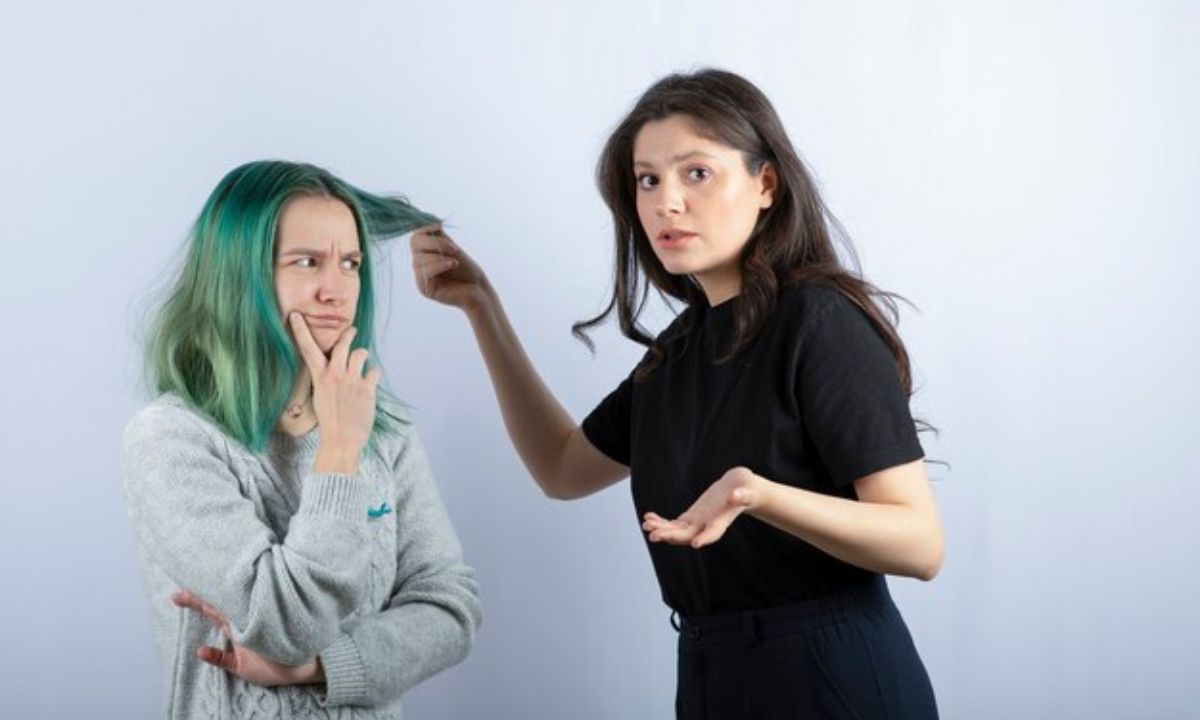In the realm of hair care, it is essential to make informed decisions, especially when it comes to dyeing our precious locks. The question arises: Can I box dye my hair twice in one week? This article aims to provide a knowledgeable and informative guide to help you navigate the risks and best practices associated with this endeavor. By understanding the potential effects of multiple dye sessions and implementing proper care and maintenance, you can achieve the desired results without compromising the health and integrity of your hair.
Key Takeaways
- Dyeing hair twice in one week can lead to increased damage, weakened hair, and potential hair color inconsistencies.
- It is important to choose gentle hair dye products, thoroughly wash and condition hair before the second application, and use deep conditioning treatments between dyeing sessions.
- Waiting at least 4-6 weeks between dye sessions allows the hair to recover and regain natural moisture and strength, preventing dryness, brittleness, and breakage.
- Different dye types, such as semi-permanent, demi-permanent, permanent, natural, or henna dyes, can be chosen based on the desired color and maintenance level.
The Risks of Dyeing Hair Twice in One Week
“Dyeing hair twice in one week can pose several risks, including increased damage and potential hair color inconsistencies. When hair is exposed to dye too frequently, it can become weakened and prone to breakage. The chemicals in hair dye can strip the hair of its natural oils, leaving it dry, brittle, and more susceptible to damage. If you’re looking to tone down hair color it’s essential to exercise caution to avoid over-processing and further compromising your hair’s health.
Dyeing hair multiple times in a short time frame can lead to uneven color results. The second application may not adhere evenly to the hair, resulting in patchy or splotchy color. It is important to consider the health and integrity of your hair before attempting to dye it twice in one week. However, if you still wish to proceed, there are steps you can take to minimize the risks and safely dye your hair twice in a short time frame.
How to Safely Dye Your Hair Twice in a Short Time Frame
Frequently dyeing your hair twice within a short time frame requires careful preparation and adherence to certain measures to ensure the process is done safely and effectively. Firstly, it is crucial to choose hair dye products that are gentle on the hair and scalp. Look for ammonia-free and moisturizing formulas to minimize damage. Before applying the second round of dye, it is essential to thoroughly wash and condition your hair to remove any residue from the previous dyeing session. This will help the new color to adhere evenly and prevent patchiness.
Using a deep conditioning treatment between dyeing sessions can help restore moisture and strengthen the hair. Finally, always follow the instructions on the hair dye packaging and consult with a professional hairstylist if you have any concerns. Understanding the effects of bleaching hair twice in a week will further assist in making informed decisions.
Understanding the Effects of Bleaching Hair Twice a Week
Bleaching the hair twice in a week can have significant consequences on the hair’s health and integrity. The process of bleaching involves stripping away the natural pigments from the hair shaft, which can be damaging if done too frequently. Here are some effects to consider:
- Hair damage: Bleaching the hair twice in a week can lead to severe damage, as the bleaching process strips away the hair’s natural oils and proteins, leaving it dry, brittle, and prone to breakage.
- Scalp irritation: Bleaching can cause scalp irritation, redness, and itching, especially if the bleach is left on the scalp for too long or if the scalp is already sensitive.
- Uneven color: Bleaching the hair twice in a short time frame can result in uneven color distribution, as the hair may not have enough time to recover and regain its strength and porosity.
- Hair loss: Excessive bleaching can lead to hair loss, as the hair follicles may become weakened and damaged, resulting in hair breakage or even hair thinning.
- Long-term damage: Bleaching the hair too frequently can cause long-term damage, such as hair thinning, loss of elasticity, and changes in hair texture. It is important to give the hair enough time to recover between bleaching sessions to maintain its health and integrity.
Waiting Period: How Long to Wait Between Dye Sessions
Allowing an appropriate period of time between dye sessions, while avoiding excessive frequency, is crucial for maintaining the health and integrity of the hair. It is generally recommended to wait at least 4-6 weeks between dye sessions, especially if you are using box dye or other chemical hair dyes. This waiting period allows the hair to recover from the previous dye session, giving it time to regain its natural moisture and strength.
Hair that is dyed too frequently can become dry, brittle, and prone to breakage. Dyeing your hair too often can result in color build-up or uneven color distribution. By giving your hair enough time to rest between dye sessions, you can ensure better results and keep your hair healthy. Now, let’s move on to the next section, where we will discuss choosing the best dye type for frequent hair coloring.
Choosing the Best Dye Type for Frequent Hair Coloring
The selection of the most suitable dye type for frequent hair coloring depends on the individual’s hair type, color goals, and desired level of maintenance. Here are some options to consider:
- Semi-permanent dyes: These dyes are ammonia-free and do not penetrate the hair shaft deeply. They are great for adding temporary color and require less maintenance.
- Demi-permanent dyes: These dyes contain a small amount of ammonia and provide longer-lasting color. They can cover gray hair and gradually fade over time.
- Permanent dyes: These dyes contain ammonia and provide the most long-lasting and vibrant color. They are ideal for those who want a complete color change or full coverage of gray hair.
- Natural dyes: These dyes are made from plant-based ingredients and are a great option for those who prefer a more organic approach to hair coloring.
- Henna dyes: Henna is a natural dye that provides a reddish tint to the hair. It is a popular choice for those who want a natural-looking color and added conditioning benefits.
Choose the dye type that suits your hair type and desired color outcome, and always follow the instructions carefully for best results.
Repairing Hair Damage Caused by Dyeing
After dyeing hair multiple times in a short period, it is important to take steps to repair the damage caused by the chemical treatments. Hair dyeing can lead to various types of damage, such as dryness, breakage, and loss of shine. To repair this damage, it is crucial to focus on deep conditioning and moisturizing the hair. Using a hair mask or deep conditioner once a week can help restore moisture and nourishment to the hair, making it stronger and more resilient.
Avoiding heat-styling tools and limiting exposure to sunlight can prevent further damage. By following a regular hair care routine and using products specifically designed to repair damaged hair, it is possible to restore the health and vitality of the hair. Transitioning into the subsequent section about ‘fixing a bad dye job: how soon can I dye my hair again’, let’s now explore the time frame for re-dyeing hair after experiencing a hair color mishap.
Fixing a Bad Dye Job: How Soon Can I Dye My Hair Again
To ensure optimal results and minimize the risk of further damage, it is important to understand the appropriate time frame for re-dyeing hair after a botched dye job. Here are some key considerations to keep in mind:
- Hair condition: Give your hair time to recover from the previous dye job. Wait at least one to two weeks before attempting to dye it again to allow for proper healing and nourishment.
- Color correction: If the desired color was not achieved or if you ended up with an undesirable shade, consult with a professional stylist for color correction. They can assess the current condition of your hair and recommend the best course of action.
- Hair health: Prioritize the health of your hair by using deep conditioning treatments and moisturizing products. This will help restore moisture and strengthen your hair, making it more resilient to future dyeing.
- Consultation: Seek guidance from a professional stylist to discuss your hair goals and concerns. They can provide expert advice on the appropriate time to re-dye your hair and suggest the best products for your specific needs.
- Patience: Remember that hair dyeing is a process, and rushing into another dye job too soon can lead to further damage. Allow yourself time to evaluate the results and make an informed decision about your next steps.
In the case of a bad dye job, it’s crucial to be patient and take the necessary steps to fix the issue without causing further harm to your hair.
Dealing With Hair Color Regrets: What to Do if You Don’t Like the Result
How can you effectively manage and address any dissatisfaction with the outcome of your hair color? It’s important to remember that hair color can be a tricky process and sometimes the results may not meet your expectations. If you find yourself unhappy with the outcome, there are a few steps you can take to address the situation. First, try to assess what specifically you don’t like about the color. Is it too dark, too light, or just not the shade you were hoping for? Once you have identified the issue, consult a professional hairstylist who can help you determine the best course of action.
They may recommend color correction techniques or suggest waiting for the color to fade before making any changes. It’s crucial to be patient and avoid taking matters into your own hands by attempting to fix it yourself, as this can lead to further damage. Remember, seeking professional advice is the safest and most effective way to address hair color regrets.
FAQ’s
Can I Dye My Hair a Different Color the Second Time?
Yes, it is possible to dye your hair a different color the second time when using box dye, but it is important to consider the condition of your hair and follow the instructions provided by the dye manufacturer for best results.
Will My Hair Become More Damaged if I Dye It Twice in One Week?
Dyeing your hair twice in one week can lead to increased damage. The chemicals in hair dye can strip the hair of its natural oils and cause dryness, breakage, and overall weakening of the hair strands. It is important to give your hair time to recover between dyeing sessions to minimize damage.
How Long Should I Wait Before Dyeing My Hair Again if I Want to Change the Color?
It is generally recommended to wait at least 4-6 weeks before dyeing your hair again to minimize damage and maintain hair health. Consult with a professional stylist for personalized advice.
Can I Dye My Hair Twice in One Week if I Use a Semi-Permanent Dye?
Dyeing your hair twice in one week can be damaging, especially if using box dye. It is recommended to wait at least 4-6 weeks between dyeing sessions to allow your hair to recover and avoid potential damage.
Is It Possible to Fix a Bad Dye Job by Dyeing My Hair Again Immediately?
While it may be tempting to fix a bad dye job by immediately dyeing your hair again, it is not recommended. Multiple dyeing sessions in a short period can cause damage and may not produce the desired results.
Conclusion
In conclusion, dyeing your hair twice in one week can pose risks to the health and integrity of your hair. It is important to understand the effects of frequent dyeing and to choose the best dye type for your needs. Additionally, allowing a sufficient waiting period between dye sessions is crucial to minimize damage. If you encounter a bad dye job or regret your hair color choice, it is best to seek professional help or follow proper steps to fix the issue. Remember, hair care and repair should always be a priority, just like tending to a delicate garden in bloom.











